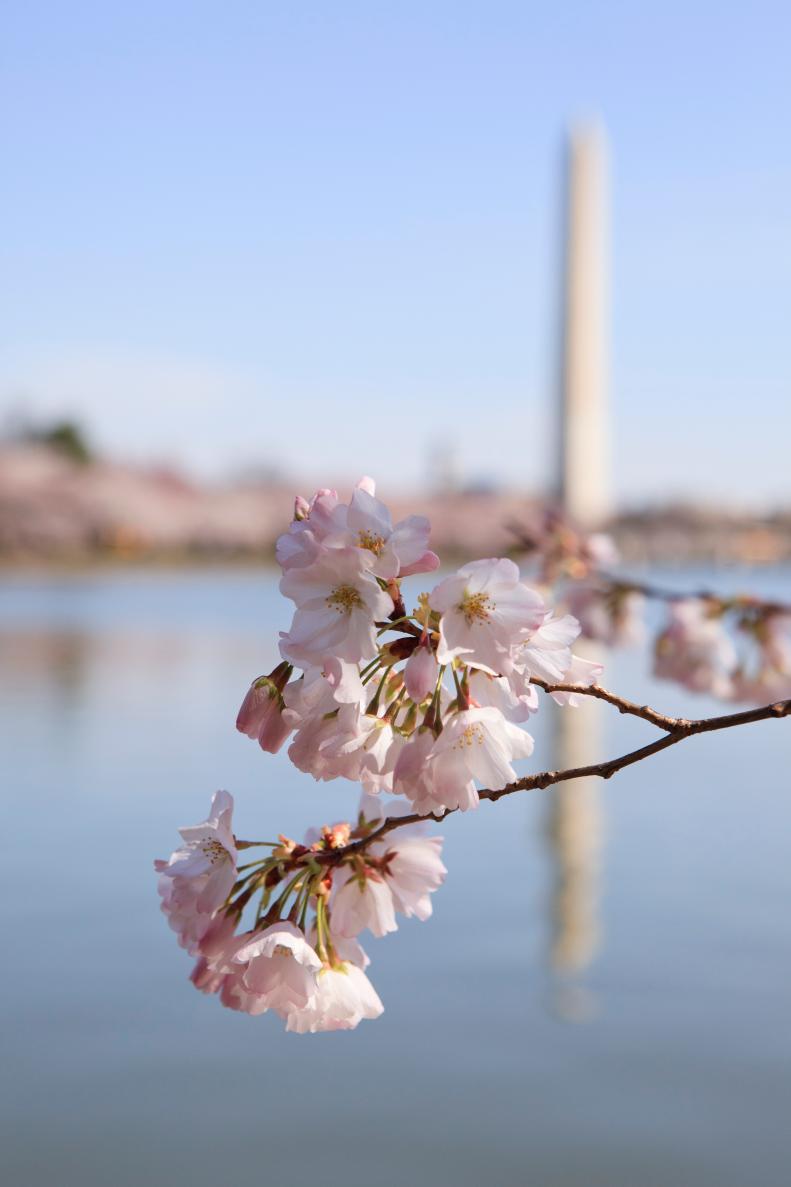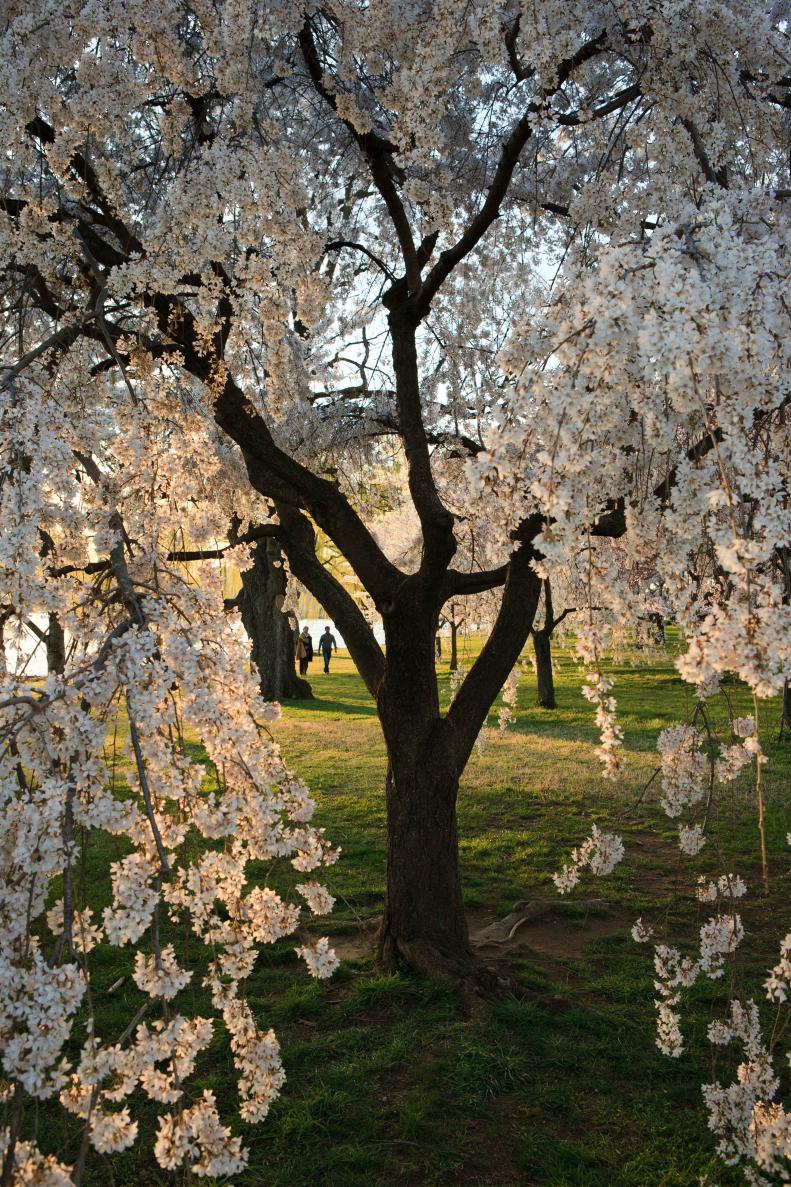1 / 13
Photo: Photo by Ron Blunt / Courtesy of National Cherry Blossom Festival
Cherry Trees and the Washington Monument
The National Cherry Blossom Festival celebrates a gift of flowering cherry trees presented by the mayor of Tokyo City to Washington, D.C. in 1912. In Japan, the trees are esteemed as a symbol of the brevity and beauty of life.









